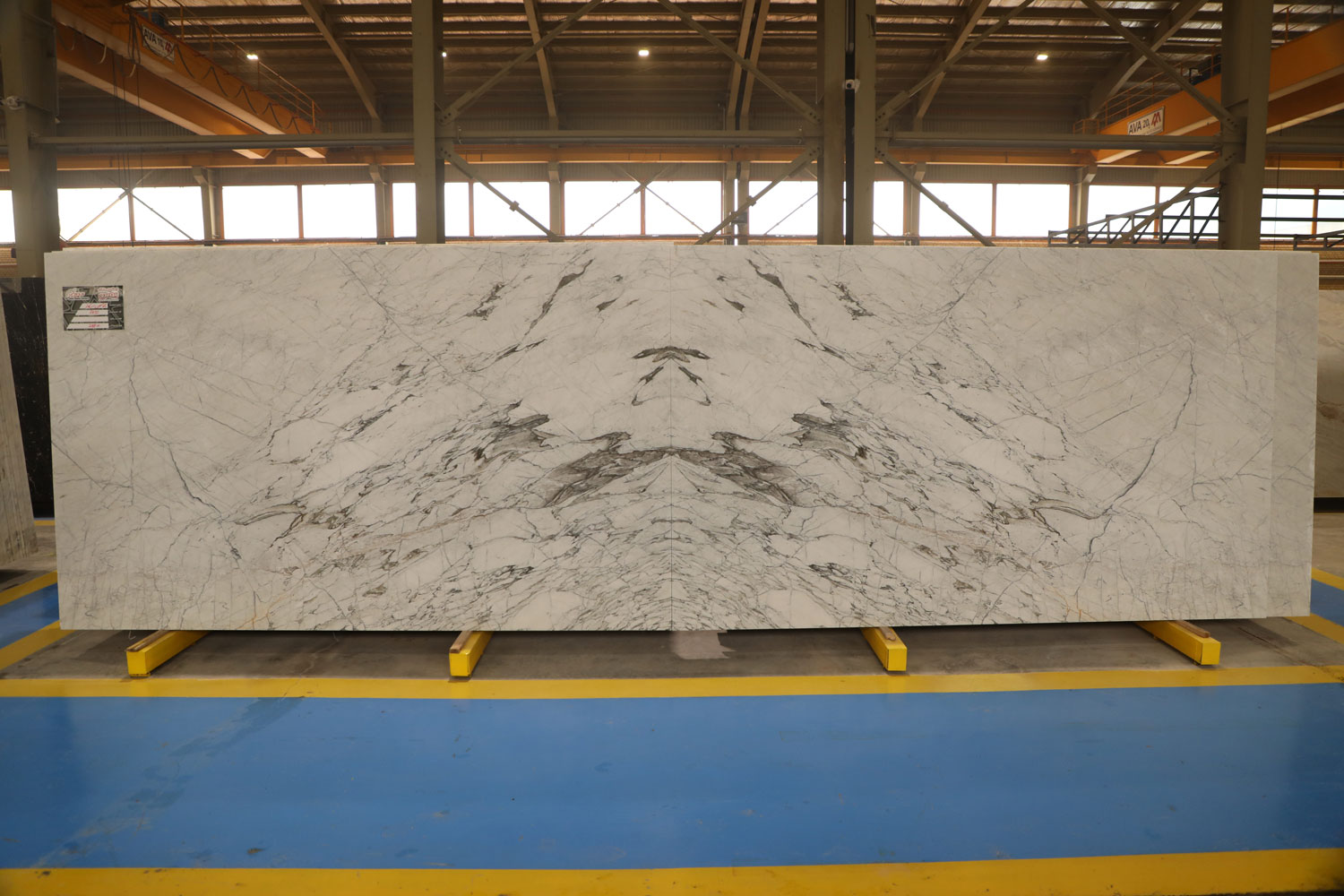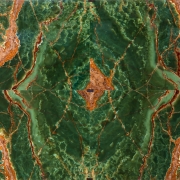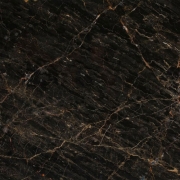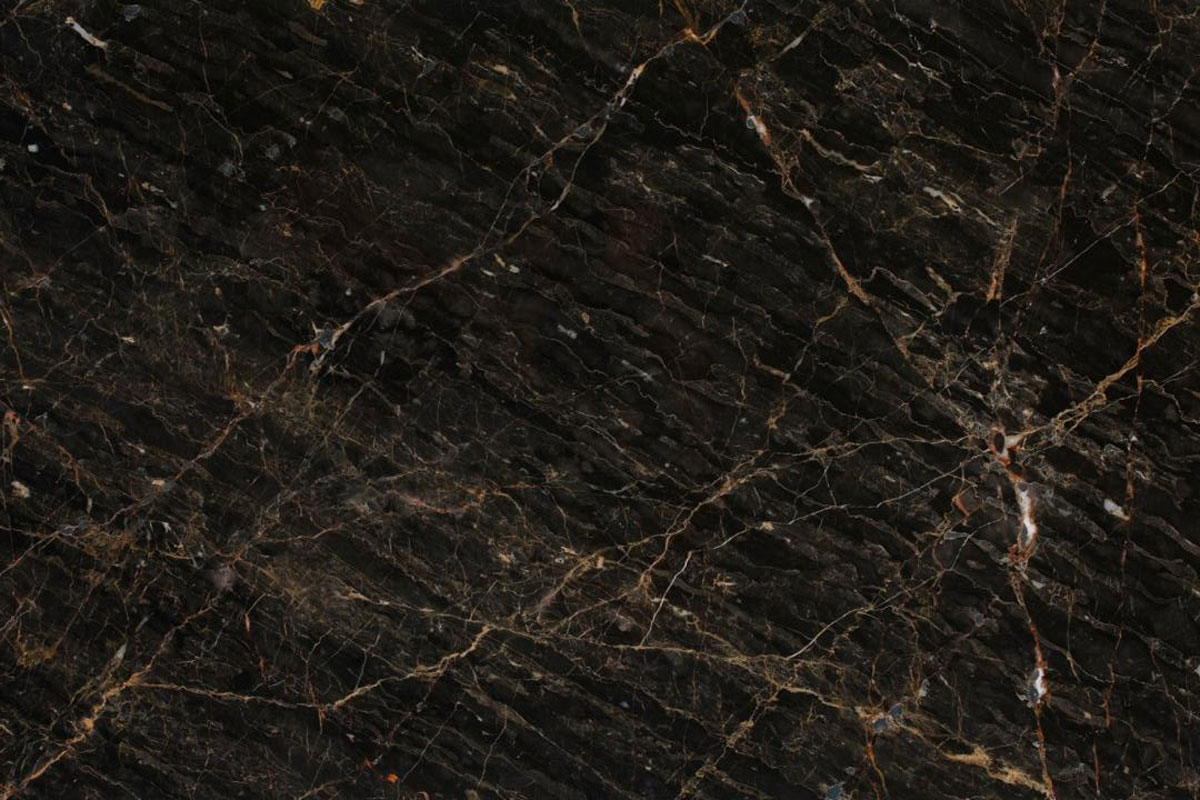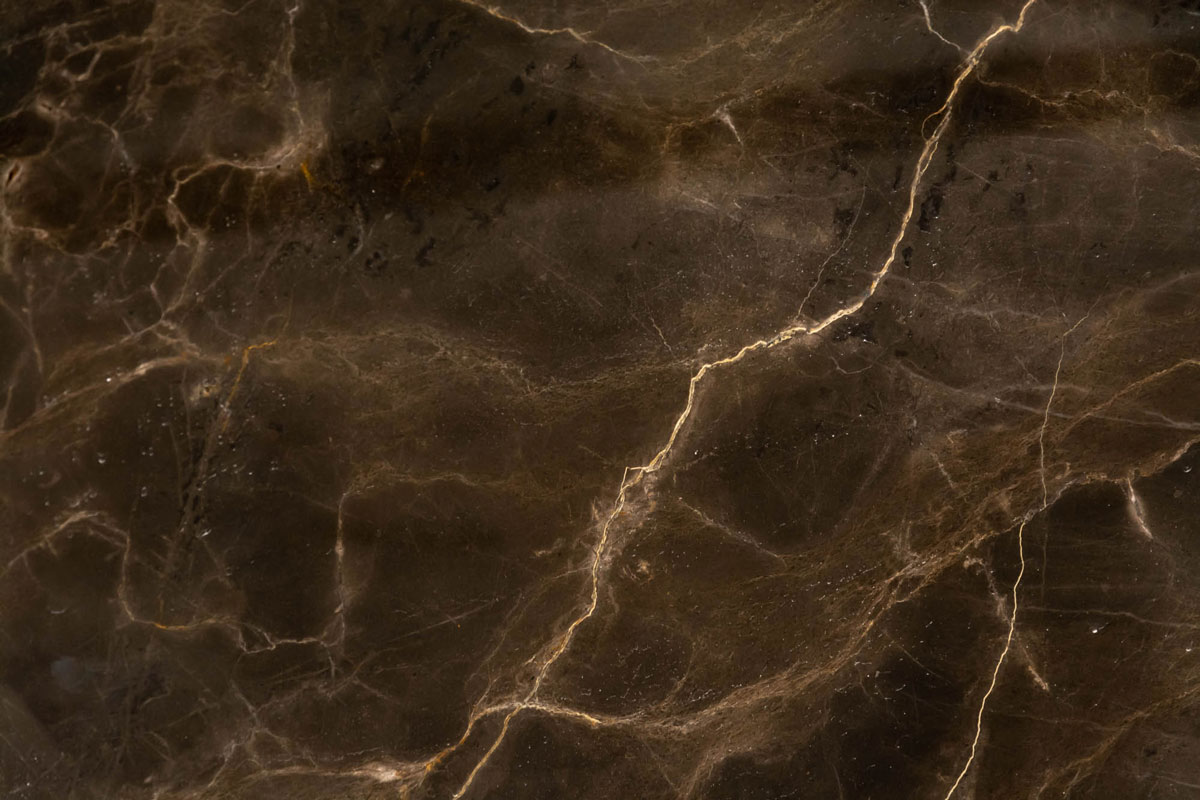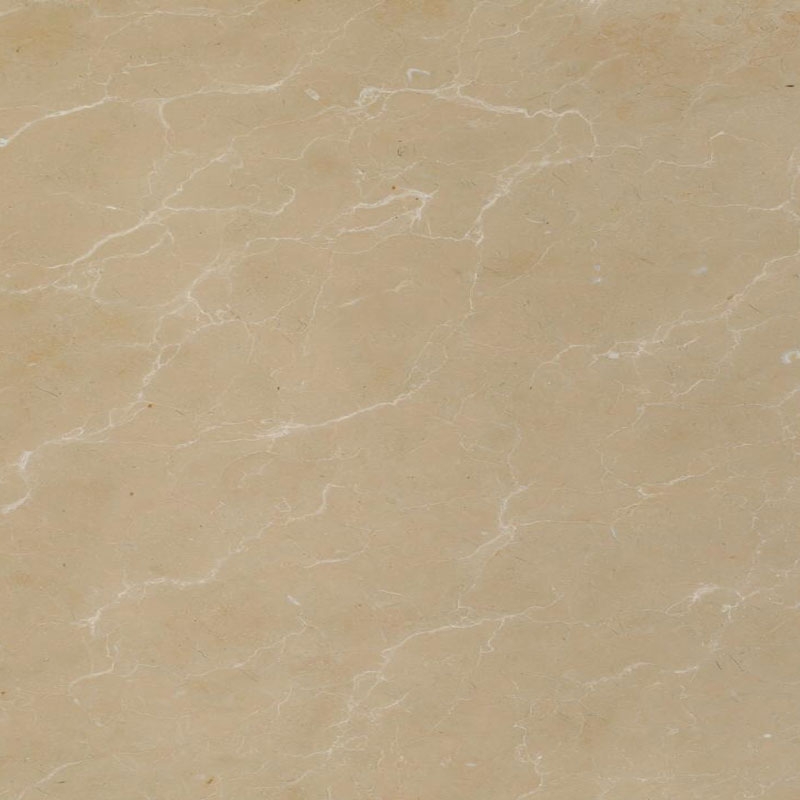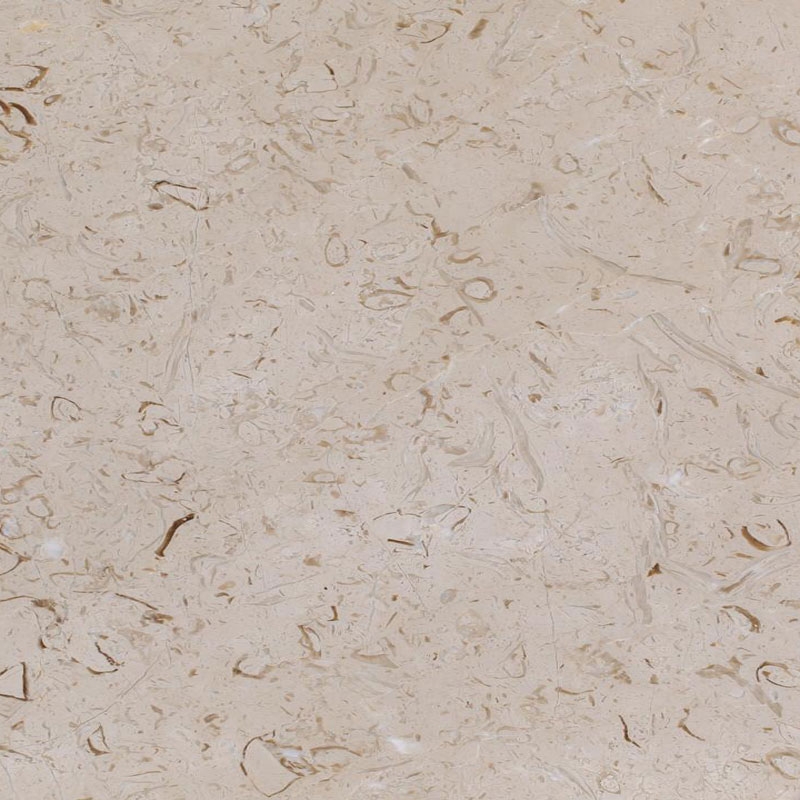Book matched and Four matched Slabs
Bookmatch Slab
Book Matching is a term which gained popularity in the stone industry in recent years. Book matched slabs are two or more slabs that are connected together to create a symmetrical pattern which reminds one of an open book. As the pattern starts from one stone, it continues to the surrounding stones and gives one the vision of a painting. If two slabs are connected to each other while creating a pattern it is called book match. If four slabs connect in order to create a pattern it is called Four Match.
Production and processing of book match slabs
Producing such difficult work of art takes place at the very beginning in the quarry. Square stone blocks are picked and then the pattern found and followed. After the stone is found the process begins by cutting the stone into slabs with 2 to 3 cm of thickness. Before polishing and smoothing, the slab patterns should be cut with regard to their pattern. After that, the polished slabs will be numbered and based on their number they will be installed.
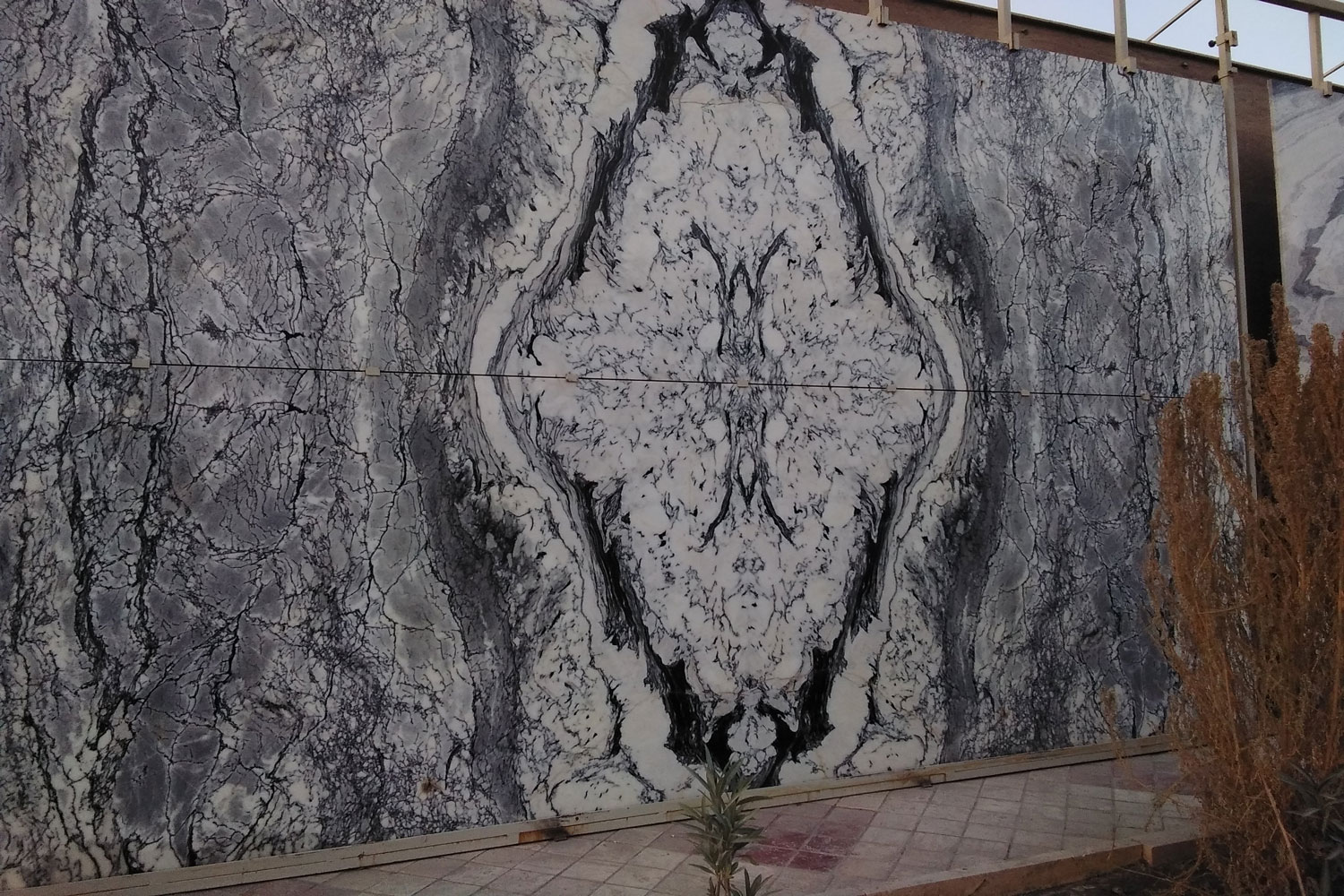
What kind of stones are used for book matching?
Stones capable of being cut into slabs with a pattern are used for book matching. Stones which are plain with no particular pattern are not used for book matching. Marble and Travertine stones are mostly used for book matching while Granite, Limestone and Sandstones have no such application as they don’t have any particular pattern.
Book Matching’s Usage
Book Match and Four Match have various applications in different parts of the building. After adding Book Matched stones to the decoration, the view will be breathtaking. It is best to use book matching in spacious places so that the beauty of book match shows itself to everyone. Book match is a great choice for:
- Floor covering of hotels, saloons, and
- Wall covering of luxury and fancy buildings
- Wall covering of staircases
- W.C
- Decorative spaces and TV rooms
Pricing of book matched stones
Finding and Processing of book matched stones requires a sophisticated procedure and therefore book matched stones are priced relatively higher in the market. Pricing depends on the kind of stone used for it, processing quality of the stones and the visible patterns on the stone.
